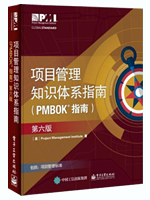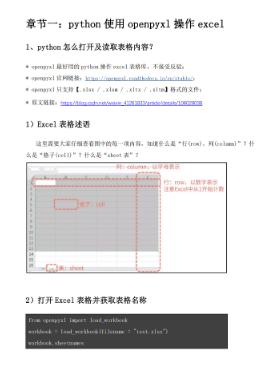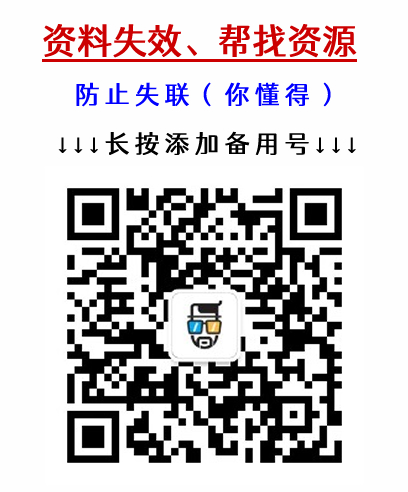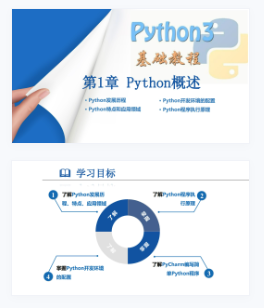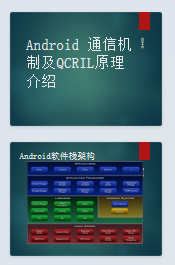为找教程的网友们整理了相关的编程文章,网友菱伊颜根据主题投稿了本篇教程内容,涉及到Python创建websocket服务端、Python创建websocket、Python创建websocket服务端相关内容,已被455网友关注,如果对知识点想更进一步了解可以在下方电子资料中获取。
Python创建websocket服务端
使用Python创建websocket服务端,并给出不同客户端的请求

一、 WebSocket是啥
WebSocket 和HTTP一样,也是一种通讯协议,允许服务端主动向客户端推送数据。
在 WebSocket API 中,浏览器和服务器只需要完成一次握手,两者之间就直接可以创建持久性的连接,并进行双向数据传输。
有很多网站为了实现推送技术,所用的技术都是 Ajax 轮询。轮询是在特定的的时间间隔(如每1秒),由浏览器对服务器发出HTTP请求,然后由服务器返回最新的数据给客户端的浏览器。这种传统的模式带来很明显的缺点,即浏览器需要不断的向服务器发出请求,然而HTTP请求可能包含较长的头部,其中真正有效的数据可能只是很小的一部分,显然这样会浪费很多的带宽等资源。
HTML5 定义的 WebSocket 协议,能更好的节省服务器资源和带宽,并且能够更实时地进行通讯。
二、 WebSocket的C/S架构

在服务端启动接收WebSocket请求的服务,客户端建立Websocket连接并发送请求(Message),服务端接收后,就可以根据处理逻辑,按需向客户端发送消息了,例如发送主动推送。
三、依赖的三方库
Python websockets是用于在Python中构建WebSocket服务器和客户端的库,它基于asyncio异步IO建立,提供基于协程的API。
请尽量使用Python≥3.6以上版本来运行websockets。
依赖的三方库为: websocket, websocket-client.
pip install websocket pip3 install websocket-client pip3 install websockets
主要用到的API有:
websockets.connect() websockets.send() websockets.recv()
四、简单例子
server.py,用于构建websocket服务器,在本地8765端口启动,会将接收到的消息加上I got your message:返回回去。
import asyncio
import websockets
async def echo(websocket, path):
async for message in websocket:
message = "I got your message: {}".format(message)
await websocket.send(message)
asyncio.get_event_loop().run_until_complete(websockets.serve(echo, 'localhost', 8765))
asyncio.get_event_loop().run_forever()
client.py和指定url建立websocket连接,并发送消息,然后等待接收消息,并将消息打印出来。
import asyncio
import websockets
async def hello(uri):
async with websockets.connect(uri) as websocket:
await websocket.send("Hello world!")
recv_text = await websocket.recv()
print(recv_text)
asyncio.get_event_loop().run_until_complete(
hello('ws://localhost:8765'))
先执行server.py,再执行client.py,client.py的输出结果如下:
I got your message: Hello world!
五 主动发消息
建立连接之后,客户端可以随时接收服务器发来的消息。服务器可以依据逻辑,给客户端推送指定消息。
服务器和客户端代码会有一点变化,在服务器回完第一条消息之后,开始轮询时间,当秒数达到0的时候,会主动给客户端回一条消息。
server.py:
import asyncio
import websockets
import time
async def echo(websocket, path):
async for message in websocket:
message = "I got your message: {}".format(message)
await websocket.send(message)
while True:
t = time.strftime("%Y-%m-%d %H:%M:%S", time.localtime())
if str(t).endswith("0"):
await websocket.send(t)
break
asyncio.get_event_loop().run_until_complete(
websockets.serve(echo, 'localhost', 8765))
asyncio.get_event_loop().run_forever()
client.py:
import asyncio
import websockets
async def hello(uri):
async with websockets.connect(uri) as websocket:
await websocket.send("Hello world!")
print("< Hello world!")
while True:
recv_text = await websocket.recv()
print("> {}".format(recv_text))
asyncio.get_event_loop().run_until_complete(
hello('ws://localhost:8765'))
先执行server.py,再执行client.py,client.py的输出结果如下:
< Hello world!
> I got your message: Hello world!
> 2020-05-29 15:11:50
最后一条消息则是服务端主动给客户端发送的。
六、在浏览器上使用
如何在前端发送websocket请求呢?
看这段代码,先建立连接,然后向服务端发送Hello world,然后把接收到的所有消息依次展示出来。
websocket通信客户端
效果大概的这样的:

可以在一开始的时候就抓websocket的包:

这里可以清晰的看到每一条消息。
到此这篇关于使用Python创建websocket服务端并给出不同客户端的请求的文章就介绍到这了,更多相关Python创建websocket服务端内容请搜索码农之家以前的文章或继续浏览下面的相关文章希望大家以后多多支持码农之家!

